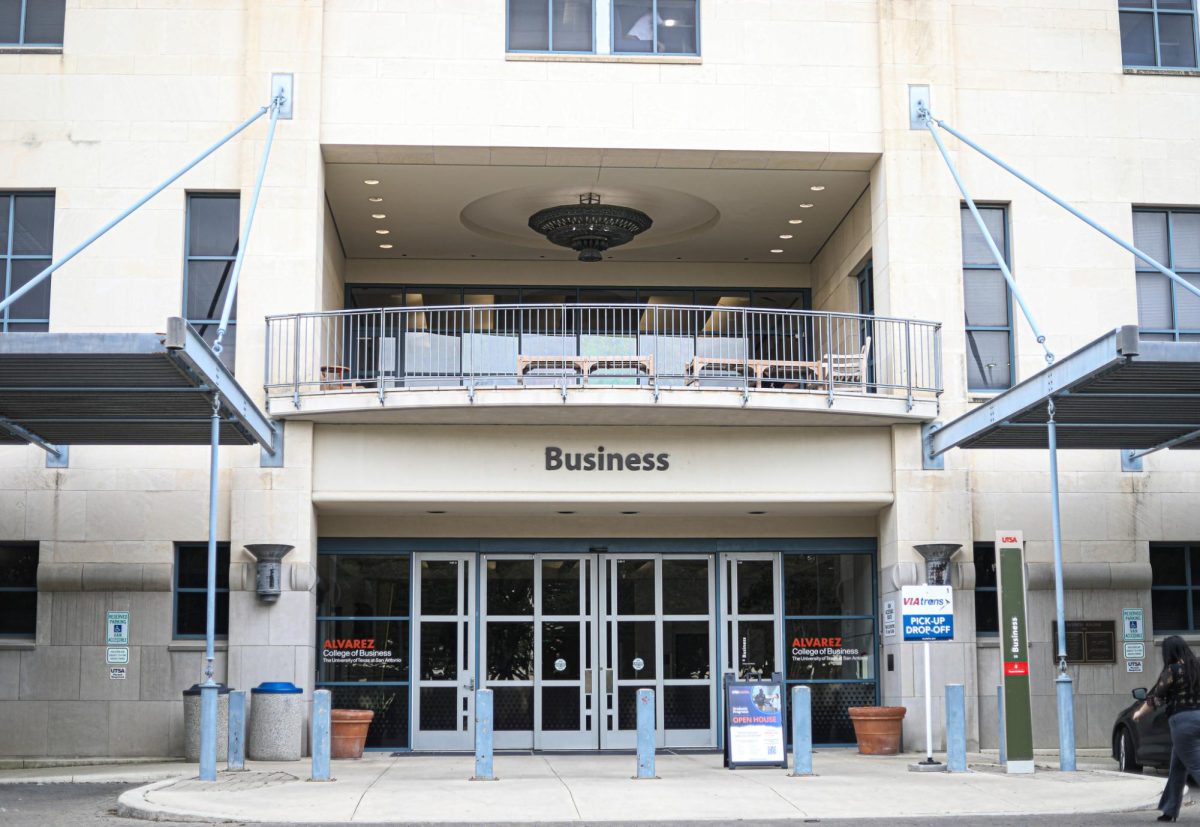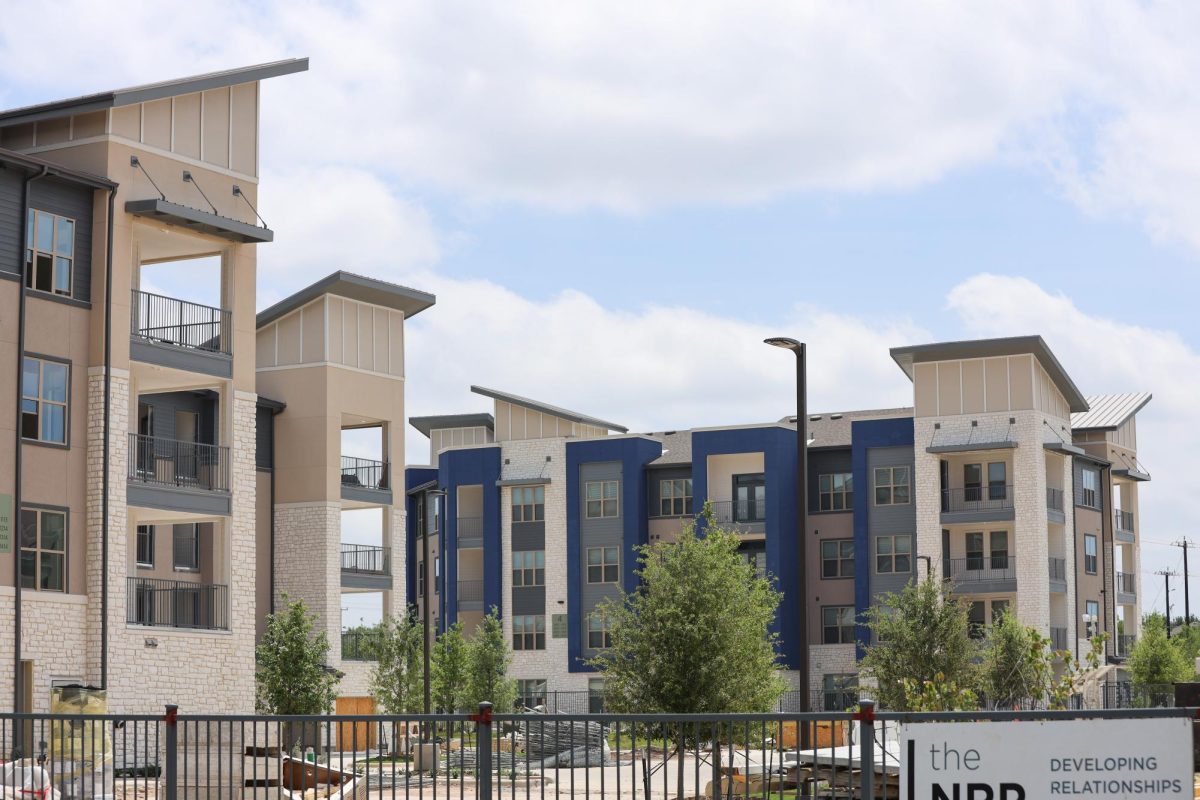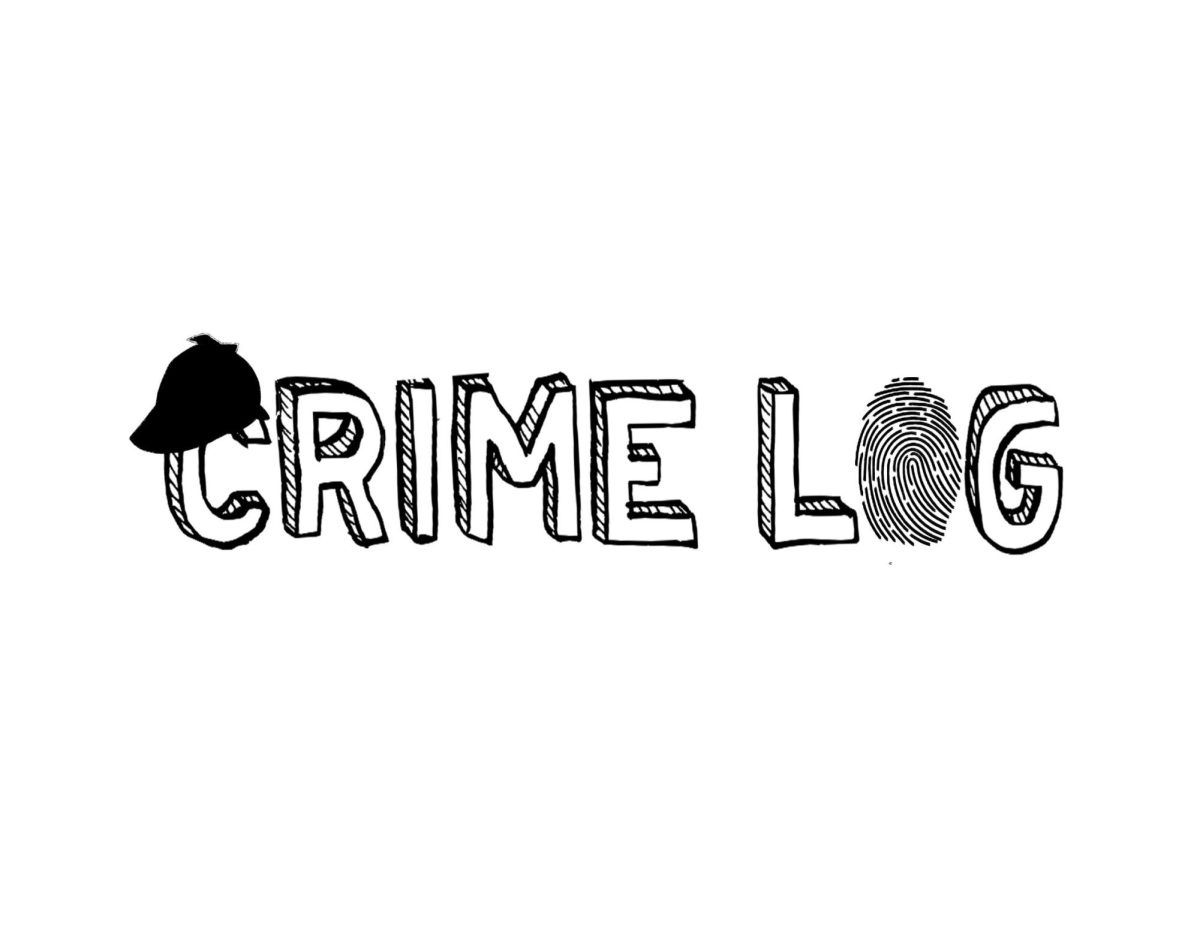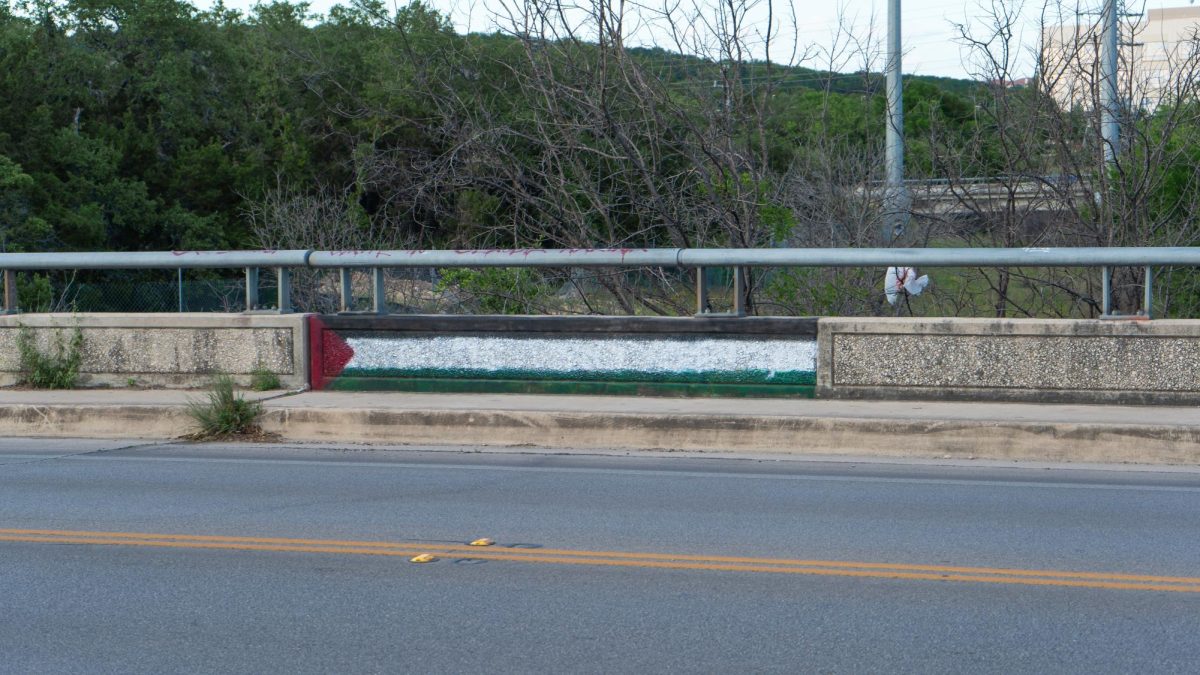The 2013 election is the first statewide election where the Texas photo ID requirement for in-person voting has taken effect. In 2011 the Texas state legislature passed Senate Bill 14 (SB 14), which created new requirements for voters to show photo identification when voting in person. On Wednesday, Oct. 30, Texas Secretary of State John Steen addressed a San Antonio audience to discuss the new photo ID voting laws and how they will be implemented.
One of the issues brought forth regarding photo identification requirements was a possible discrepancy between the name on an ID and the name used to register. According to Steen, “as long as the names are substantially similar, all a voter will have to do is initial to affirm he or she is the same person who is registered. Poll workers have been trained to account for names that might be substantially similar but not an exact match due to a number of circumstances, including the use of nicknames, suffixes and changes of name due to marriage or divorce.”
According to a website set up by the Texas Secretary of State, there are four different exceptions to the rule: the name on the ID is slightly different from one or more of the name fields on the official list of registered voters, the name on the voter’s ID or on the list of registered voters is a customary variation of the voter’s formal name (for example, Bill for William, or Beto for Alberto), the voter’s name contains an initial, middle name, or former name that is not on the official list of registered voters or on the voter’s ID and if a first name, middle name, former name or initial of the voter’s name occupies a different field on the presented ID document than it does on the list of registered voters.
Steen stressed that no one will be turned away from the polling place. Voters without identification may use a provisional ballot.
The acceptable forms of identification are a Texas driver license, Texas Election Identification Certificate, Texas personal identification card, Texas concealed handgun license, United States military identification card containing the person’s photograph, United States citizenship certificate containing the person’s photograph and a United States passport.
Students may not vote using their university sanctioned IDs.
At the polling location, voters must present one of the seven acceptable forms of photo ID. The election official will check the name on the ID and compare it to the list of registered voters. If both names match, the voter will follow the normal voting procedures. If the name does not match but is “substantially similar” the voter will have to sign an affidavit stating that he or she is in fact the same person on the list of registered voters. If a voter does not have an acceptable form of photo identification, then he or she may still vote by provisional ballot but must provide a valid ID to the county voter registrar within six days.
According to Steen, “They (elections department) have not heard any reports of any voter being turned away because the ID name and the registration name did not exactly match. In fact, the numbers so far indicate the state is on track to beat turnout numbers from the last election of this kind in 2011.”











